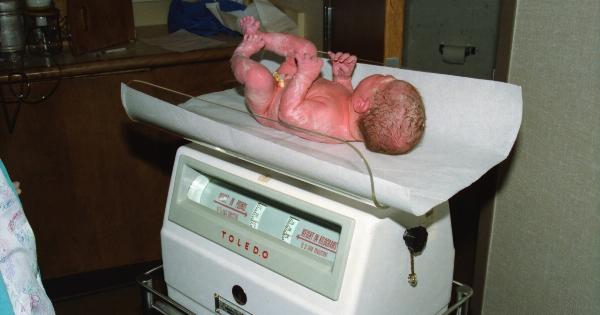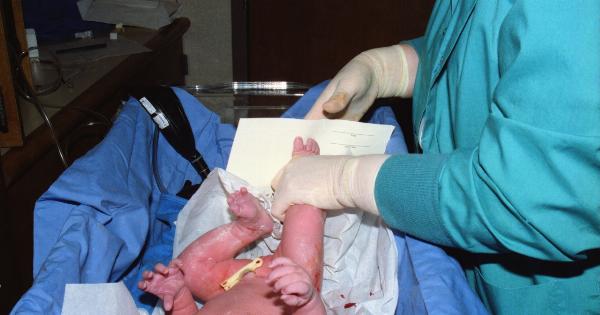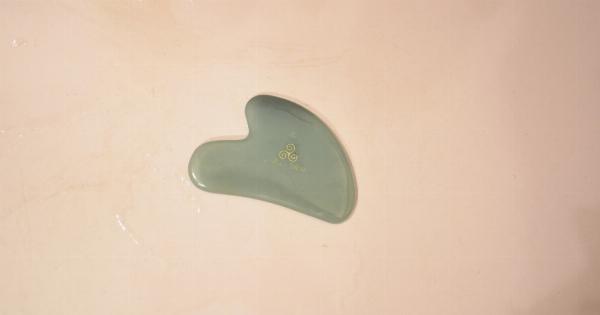After having a cesarean section (C-section), many women wonder about their options for future deliveries. While a vaginal birth after cesarean (VBAC) is a possibility for some, others may choose to have another C-section.
It’s important to understand the pros and cons of each choice to make an informed decision that is best for you and your baby.
The Pros and Cons of a VBAC
VBAC stands for vaginal birth after cesarean. It is a delivery option where a woman who has had a previous C-section attempts to give birth vaginally. Here are some pros and cons to consider when thinking about a VBAC:.
Pros of a VBAC
1. Lower risks: VBACs have a lower risk of infection, blood loss, and other complications compared to repeat C-sections.
2. Faster recovery: Recovery after a VBAC is usually quicker than after a C-section.
3. Less need for pain medication: Vaginal births generally involve less pain than surgical deliveries.
Cons of a VBAC
1. Higher risk of uterine rupture: The biggest concern with a VBAC is the risk of the uterus tearing along the scar from the previous C-section.
2. Limited availability: Not all healthcare providers and facilities offer VBACs due to concerns over potential complications.
3. Labor failure: There is a chance that labor may fail to progress during a VBAC, requiring an emergency C-section.
Continuing with a Repeat C-section
While some women may opt for a VBAC, others may feel more comfortable with a repeat C-section. Here are some factors to consider when deciding to continue with a C-section:.
Pros of a Repeat C-section
1. Controlled delivery: Scheduled C-sections allow for better planning and preparation.
2. Lower risk of complications: A planned C-section has a slightly lower risk of infection and injury to the mother and baby.
3. Peace of mind: If you had a difficult previous labor experience, a planned C-section may provide a sense of control and reduce anxiety.
Cons of a Repeat C-section
1. Longer recovery: C-sections require a longer recovery time compared to vaginal births.
2. Increased risk for future pregnancies: Having multiple C-sections can increase the risks associated with future pregnancies.
3. Limited future delivery options: Choosing a repeat C-section eliminates the possibility of having a VBAC in the future.
Factors to Consider
When making a decision about delivery options after a C-section, it’s essential to consider the following factors:.
1. Maternal Health:
Ensure that your overall health and any medical conditions are taken into account when choosing the delivery method.
2. Scarring:
Understand the condition of your c-section scar and discuss any concerns with your healthcare provider.
3. Gestational Age:
The gestational age of your current pregnancy can play a role in determining the best delivery option.
4. Healthcare Provider’s Recommendation:
Consult with your healthcare provider about the risks and benefits based on your specific situation.
Making the Decision
The decision between a VBAC and a repeat C-section should be made after careful consideration and discussion with your healthcare provider.
Factors such as your medical history, overall health, and personal preferences should all be taken into account.
Remember, what matters most is the health and safety of both you and your baby. With the guidance and support of your healthcare team, you can make an informed decision that is best for you.





























